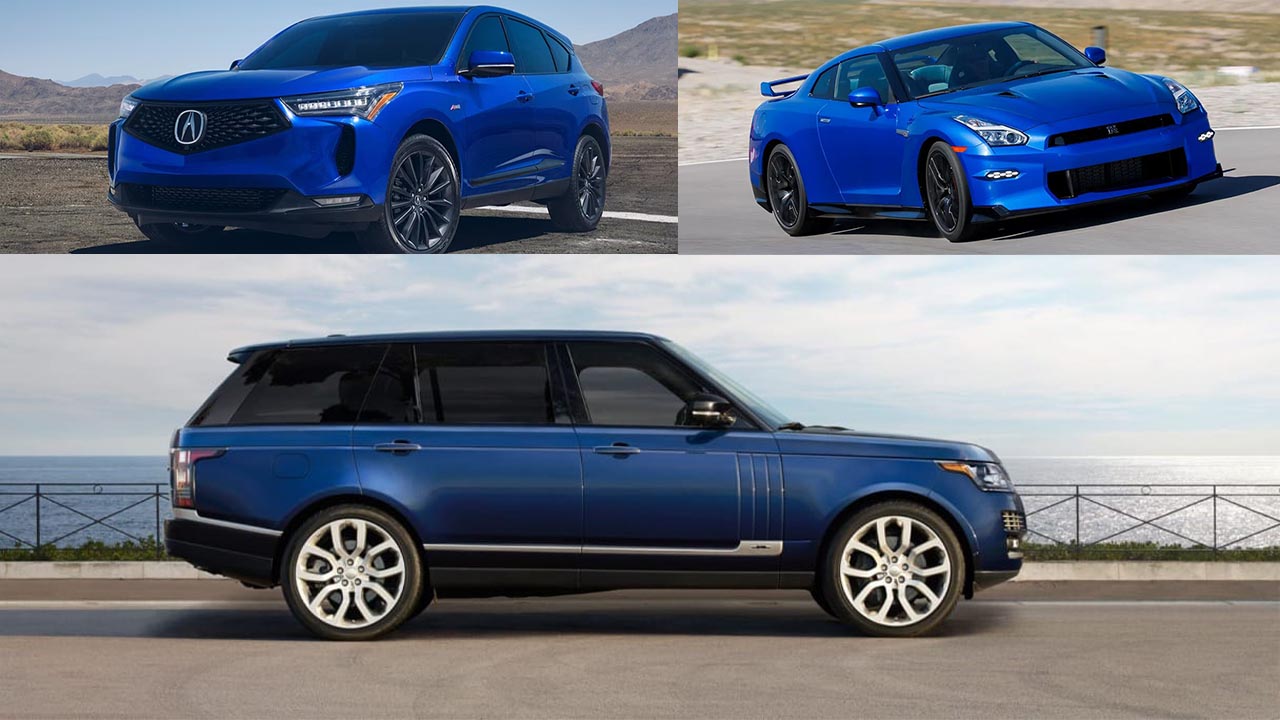These days, cars are more focused on technology than ever before. Even the latest Ford Mustang is often described as the most advanced muscle car to date.
However, it’s not just ultra-expensive modern vehicles that come equipped with an impressive array of tech. If you know what to look for, you can easily find used cars that offer many of the most desirable tech features available.
Among the most sought-after features for buyers are Android Auto and Apple CarPlay, heated seats, adaptive cruise control, and safety technologies such as automated emergency braking, lane departure warning, and more.
Fortunately, there are plenty of used and even new vehicles on the market for under $25,000 that come equipped with some of the most advanced automotive tech available today.
Affordable Cars With Advanced Features
Let’s dive right into a variety of options, from used, depreciated luxury models to new commuter cars and everything in between, that are worth considering if you’re looking for a tech-savvy ride.
5. 2023 Kia Rio
Price: $17,985
The Kia Rio stands out not only as one of the most affordable cars equipped with upscale technology features but also as one of the best first cars available on the new car market.
As a base offering, the Rio includes more standard features than any other new vehicle priced under $20,000.
For $17,985, the LX trim level of the Rio provides drivers with an 8.0-inch touchscreen infotainment system that includes wireless Apple CarPlay and Android Auto. Spend just a few hundred dollars more, and you can also get cruise control and keyless entry.
Meanwhile, the range-topping $18,815 Kia Rio S adds several advanced features, such as automated emergency braking, LED headlights, SiriusXM Radio, and lane-keep assist.
Let’s not forget, the Rio S is powered by a 120-horsepower 1.6-liter inline-four engine, capable of going from 0 to 60 mph in 8.6 seconds.While that may not be lightning fast, it’s definitely lively enough for everyday city driving.
With a wallet-friendly sticker price, a fuel-efficient powertrain, and a range of available technology that makes it more than capable of safely transporting your most important passengers, the 2023 Kia Rio stands out as an excellent entry-level vehicle—though it often flies under the radar.
Powering the Rio is a 1.6-liter inline-four engine delivering 120 horsepower and 112 lb-ft of torque. It returns an impressive 36 mpg combined. While it won’t get your adrenaline pumping, it still avoids being bland.
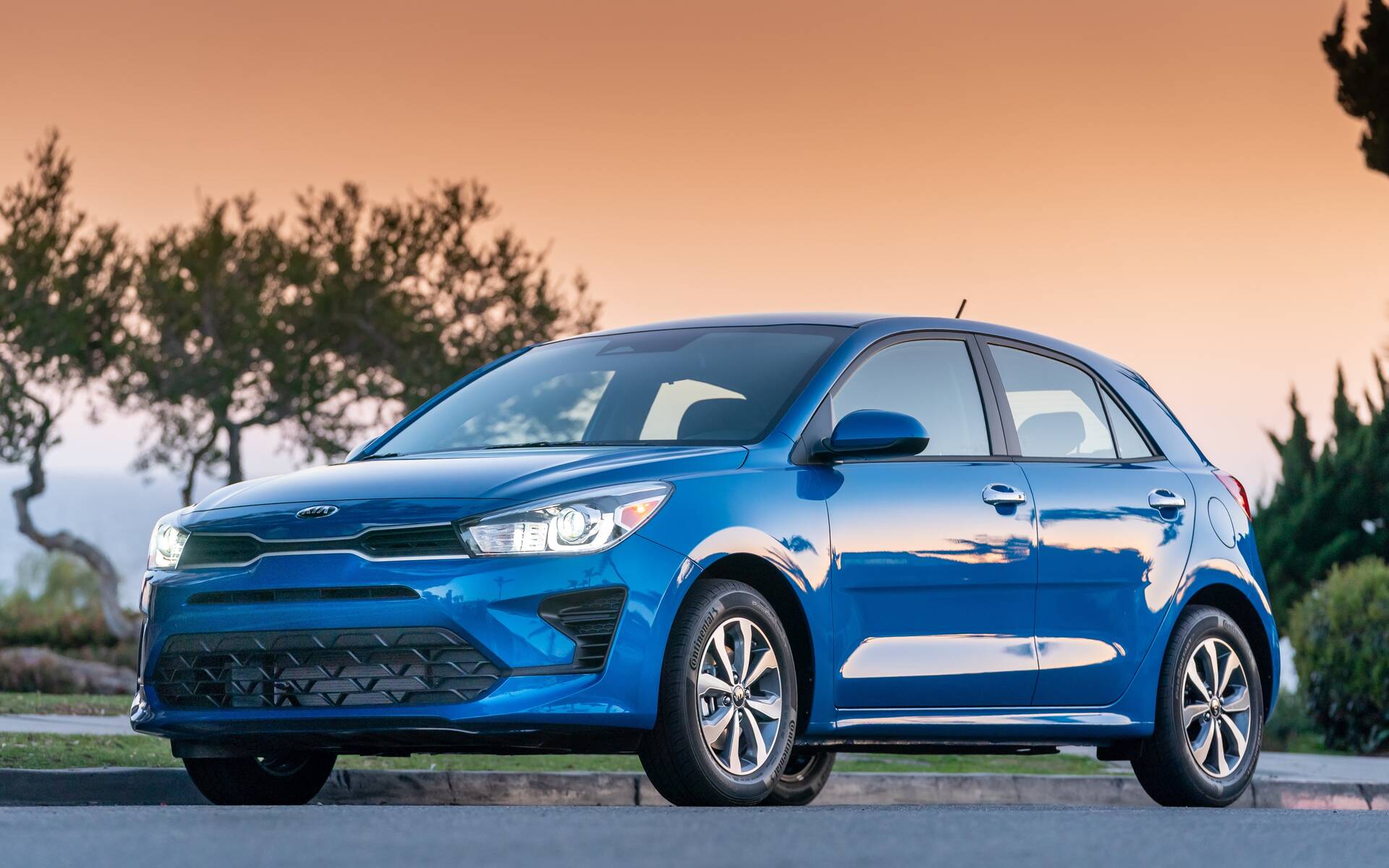
Key rivals in this space include the similarly priced Nissan Versa and Hyundai Accent, though the latter was discontinued last year. That fact alone makes the Rio even more appealing, especially considering you can grab a top-tier version for around $20,000 brand new.
Affordability is the name of the game here. The Kia Rio doesn’t pretend to be anything it’s not—just an accessible, reliable small sedan. With more buyers in the U.S. shifting towards economical options, the Rio is hitting the market at just the right time.
The base LX model comes with an MSRP of $16,750, while the better-equipped S trim costs $17,390. With a few added options, the total can climb slightly above the $20,000 mark. Keep in mind, these figures don’t include the U.S. destination charge of $1,125.
In a segment often defined by uninspiring vehicles, the Kia Rio proves to be a refreshing surprise. It’s understandable to assume that budget-friendly sedans are built solely for utility, and for the most part, that holds true. However, the 2023 Rio changes the narrative with its surprisingly responsive handling.
While the steering does feel somewhat muted and the engine won’t win any performance awards, the Rio still manages to corner with a level of grace not typically found in this class. The suspension tuning is commendable—smooths out road flaws while keeping the ride composed.
Some may find it firmer than expected, but those who enjoy a touch of sportiness will appreciate its resistance to body roll. The secure, predictable handling boosts driver confidence, no matter their experience level.
Criticism tends to come easily in the entry-level car market, where cost-cutting often means sacrificing refinement. Yet, the Kia Rio doesn’t fall victim to many of those pitfalls.
Yes, cargo space is tight, and the rear seats may feel cramped—but these are common drawbacks in the subcompact class, not unique issues with the Rio. Kia has crafted an attractive sedan with good build quality, excellent reliability prospects, and an overall pleasant driving experience.
Opting for the S trim with the Technology Package provides a surprisingly modern vehicle outfitted with current tech and safety features—all for just a bit over $20,000.
If your goal is budget-conscious driving, the base LX trim is the logical choice. It has the same drivetrain as the pricier S model, and you still benefit from strong fuel efficiency, an intuitive eight-inch touchscreen with Apple CarPlay and Android Auto, and enough seating for you and three friends.
However, choosing the fully-loaded version won’t break the bank either—adding just a few thousand more to the bottom line and giving you some extra comfort and features, which we think is well worth the slight premium.
4. 2021 Toyota Corolla
Price: $19,750
You’ve probably heard it a hundred times people always say the Toyota Corolla is the best used car to buy. And honestly, it’s easy to understand why.
Not only is the Toyota Corolla one of the best-selling vehicles of all time, but a well-maintained 2021 model can be found for under $20,000, offers exceptional reliability, and comes loaded with modern tech features.
After a quick online search, we came across a 2021 Toyota Corolla LE with 42,512 miles on it listed for $19,750 on CarGurus.
In exchange, you’re getting a compact sedan that offers ample space, a reverse camera, and a touchscreen infotainment system that includes both Android Auto and Apple CarPlay.
When it comes to safety, the Corolla is equipped with automated emergency braking and lane-keep assist, and every model also includes adaptive cruise control as a standard feature a standout addition that’s missing in many far more expensive vehicles.
The 2021 Toyota Corolla carries on its reputation as an affordable, safety-focused, and well-equipped compact car.
Offered in both four-door hatchback and sedan variants, the Corolla brings a range of personalities to the table. Each body style is powered by dependable four-cylinder engines, and for those prioritizing fuel economy, there’s also a highly efficient hybrid option.
Enthusiasts looking for a bit more engagement will appreciate the availability of a manual transmission and a sport-tuned suspension. Still, despite these options, the Corolla doesn’t deliver the same level of excitement as rivals like the Honda Civic or Mazda 3.
The hatchback’s back seat is tight on space, but it shares a stylish cabin and desirable features with the sedan. While the 2021 Corolla isn’t the most thrilling option in its class, it remains a stylish and efficient compact car.
For 2021, the Corolla ranks sixth among compact cars. Leading the segment are the Honda Civic, Mazda 3, and Volkswagen Golf, followed by the Hyundai Elantra and Honda Insight. The Corolla starts at $21,050, placing it competitively within this group.
New for the 2021 model year is a Special Edition hatchback, limited to just 1,500 units, featuring a unique body kit and a bold Supersonic Red paint job.
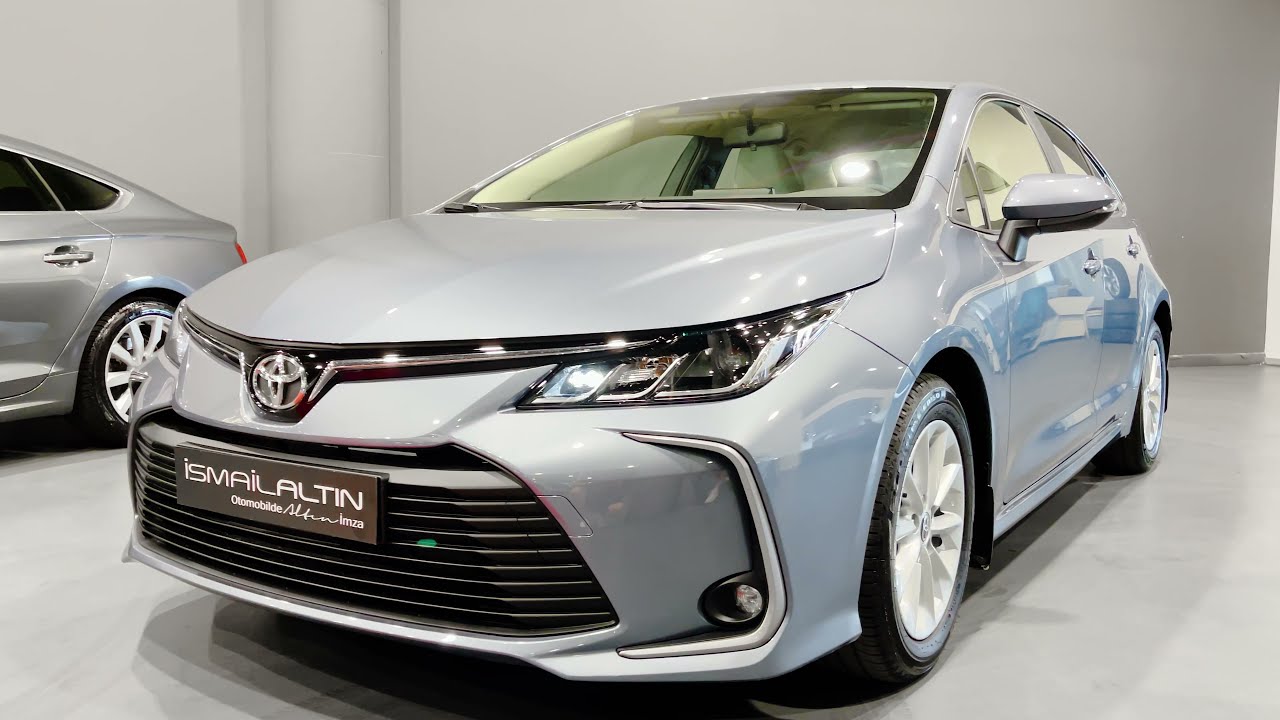
All hatchback models now come standard with rear-seat-mounted side airbags, increasing the total airbag count to 10. Additionally, a no-cost option allows buyers to swap the spare tire for a tire-repair kit, increasing cargo capacity by 6 cubic feet to 23 total.
On the sedan side, a limited-run Apex Edition joins the lineup, boasting exclusive styling, a specially tuned suspension, optional summer tires, and a manual transmission—though only 120 of these stick-shift models will be built.
All 2021 Corollas now support Android Auto, and the Nightshade Edition returns with black exterior trim options for both body styles.
Pricing for the 2021 Corolla ranges from $21,050 to $26,195, depending on trim and options. The base L model starts at $21,050, followed by the LE at $21,500. The SE, which we recommend, is priced at $21,740 and includes a sport-tuned suspension and available manual transmission.
Other trims include the LE Hybrid at $24,625, the XSE at $24,690, the XLE at $25,450, and the top-tier Apex at $26,195. While the hatchback has some practicality drawbacks, the SE sedan stands out with its sportier suspension and optional manual gearbox.
Even without optional packages, which are only available with the CVT, the SE sedan comes well-equipped with 18-inch wheels, a leather-trimmed steering wheel, front sport seats, and an 8.0-inch touchscreen that supports Apple CarPlay and Android Auto.
Under the hood, most Corolla sedans (excluding SE and XSE) use a 1.8-liter four-cylinder engine producing 139 horsepower, paired with a continuously variable transmission (CVT).
The SE and XSE trims upgrade to a 2.0-liter four-cylinder with 169 horsepower, available with either the CVT or a six-speed manual. The hatchback comes exclusively with the larger engine, while the sedan is the only model to offer a hybrid drivetrain.
During performance testing, the 2019 SE hatchback and 2020 XSE sedan demonstrated decent around-town responsiveness and stable highway manners, though acceleration was underwhelming and accompanied by coarse engine noise.
Both versions deliver a composed ride and improved agility over previous generations. The SE and XSE trims also feature a sport-tuned suspension and larger wheels, which enhance handling.
However, compared to more athletic options like the Mazda 3 and Volkswagen Golf, the Corolla’s steering, while serviceable, lacks precision. Braking performance was average, with stopping distances ranging from 174 to 183 feet in a 70-mph-to-zero test, but the brake pedals themselves were responsive and easy to modulate.
Also Read: 5 Worst and 5 Best Luxury Car Brands That Never Disappoint
3. 2022 Hyundai Elantra
Price: $19,995
Over the last five years or so, Hyundai has been consistently hitting it out of the park. With standout performance cars like the Elantra N widely regarded as one of the best affordable sports cars and practical, family-oriented SUVs like the Tucson, Hyundai has proven its value and versatility.
Perhaps most impressive, though, is how Hyundai continues to deliver exceptional value for money. A perfect example is the 2022 Hyundai Elantra SEL, which now sells for under $20,000 on the used car market.
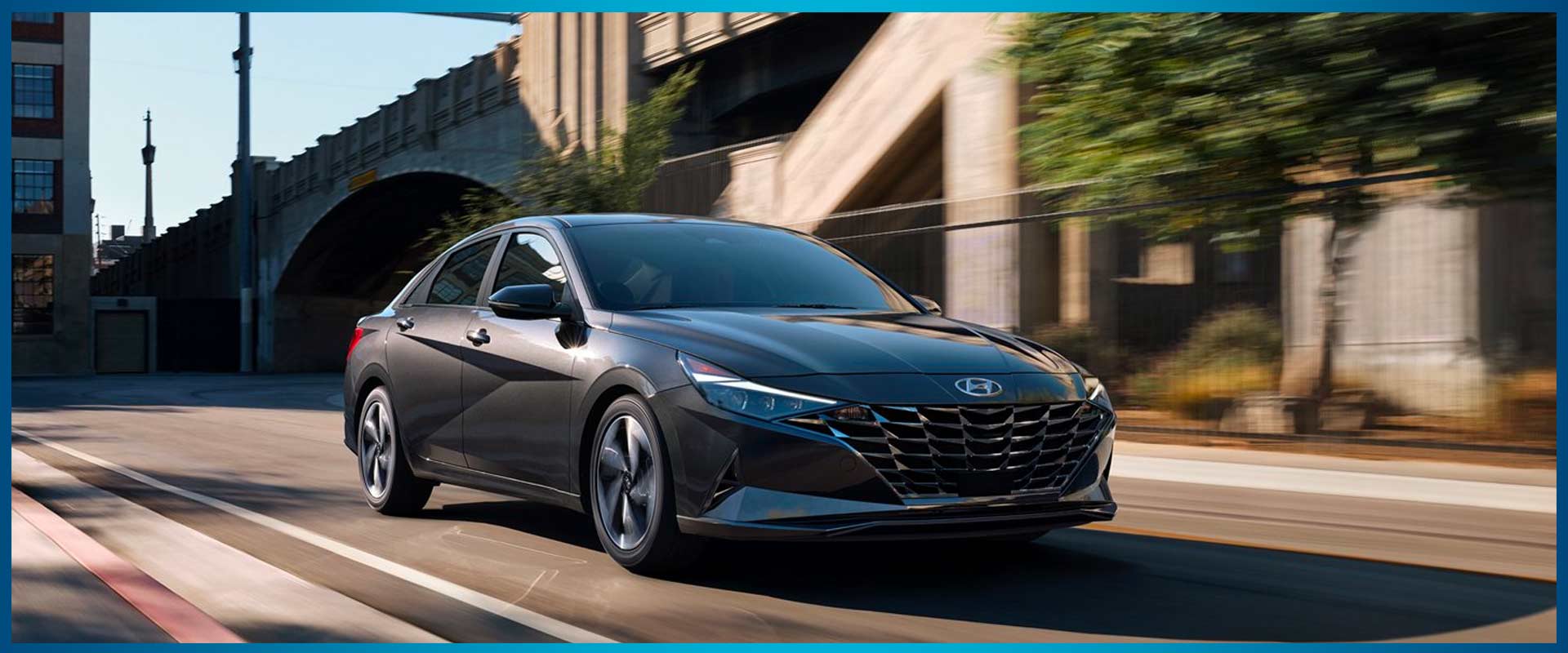
As standard, the SEL comes equipped with two 10.3-inch digital displays featuring Apple CarPlay and Android Auto, wireless charging, heated front seats, a Wi-Fi hotspot, adaptive cruise control, and a voice command system that performs better than you might expect.
In addition, all Elantra models are equipped with automated emergency braking with pedestrian detection, along with lane-keep assist, making them an excellent choice for safety-conscious buyers.
2. 1997 Toyota Century
Price: $21,900
Last year marked the point when the second-generation Toyota Century officially became legal for import into the United States. For those unfamiliar with the Century, think of it as Japan’s answer to the Rolls-Royce.
Despite bearing a Toyota badge, the Century is in no way inferior it delivers a level of luxury that easily rivals that of German sedans.
After doing some searching, we came across a 1997 Toyota Century listed for just $21,900, complete with a V12 engine. So, what exactly are you getting for that price?

To start, this particular Century features soft-close doors, air suspension, fully adjustable heated and massaging rear seats, display screens for the rear passengers, and curtains that cover the rear portion of the cabin.
Be warned, though word is spreading that the Century’s value is poised to surge in the near future, so if you’re interested, you might want to move quickly.
1. 2016 Land Rover Range Rover
Price: $23,900
Let’s tackle the obvious issue first Range Rovers have a reputation for being notoriously unreliable. But that’s hardly a well-kept secret.
In fact, it’s the main reason you can get your hands on a 2016 Range Rover Long Wheelbase with a supercharged V8 for just $23,900. While it may come with concerns around dependability, the Range Rover continues to deliver as a luxurious, tech-laden SUV.
It comes equipped with interior ambient lighting, a panoramic sunroof, and two digital screens up front along with two more for rear passengers making it sound like a dream for many.
In addition, the seats are electronically adjustable, heated, and cooled. Combined with the Range Rover’s adaptive air suspension, this setup ensures even the roughest roads are smoothed out.
Despite all its brilliance, the Range Rover might still be one of those luxury vehicles you’d think twice about owning in 2023.
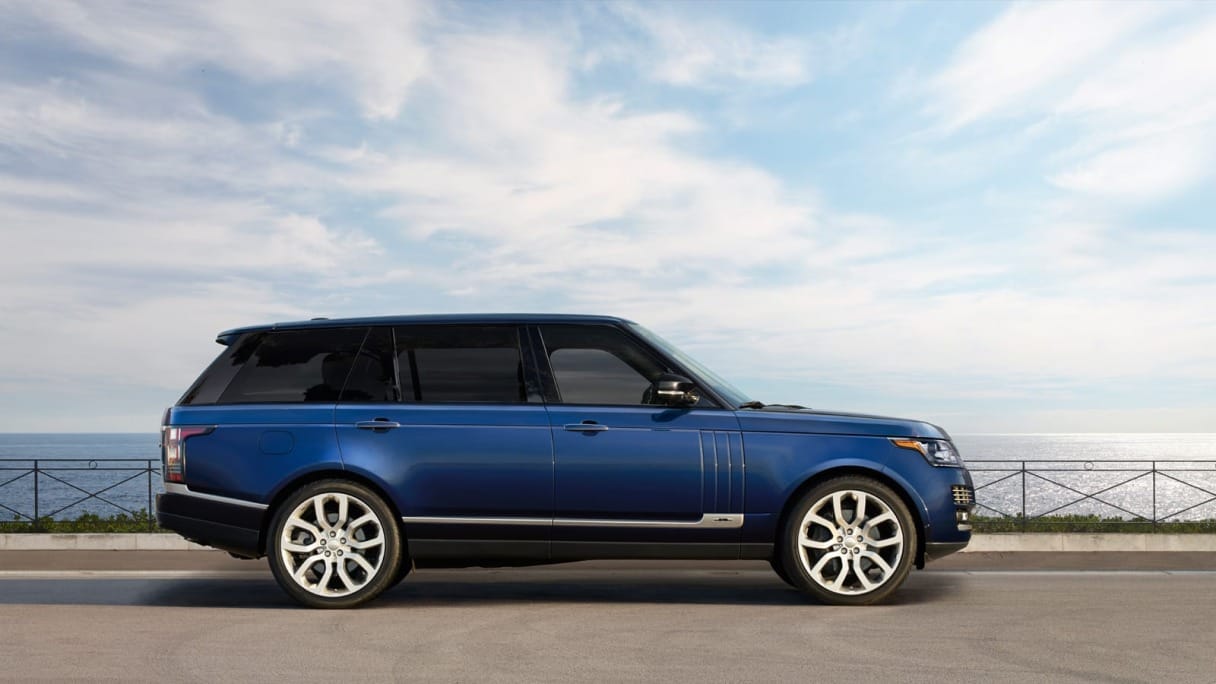
With a vast desert highway unfurling ahead, I sat at ease, the warm evening air rushing through the open windows of the cabin. This was my final drive in the long-term Range Rover Sport HSE Td6—and what a send-off it turned out to be.
It’s difficult to reconcile the ease with which I was now gliding across the desert at autobahn speeds in pure comfort with the fact that, just minutes earlier, I had been navigating through towering sand dunes that would leave most vehicles stranded.
We had just wrapped filming an episode of Ignition, where Jonny Lieberman and Ken Block took a pair of Ford Raptors into the challenging terrain of the Dumont Sand Dunes near Death Valley National Park.
Throughout a full day of drifting, launching off dunes, and scaling steep sand formations, more than one support vehicle—and even one of the Raptors—ended up stuck in the unforgiving terrain.
The Range Rover, with its suspension raised to off-road height and its Terrain Response System locked into sand mode, pulled every one of them free.
This single day, this single moment, perfectly encapsulates what the Range Rover has meant to me—it’s the pinnacle of luxury Grand Touring, capable of tackling the extreme while delivering the utmost in comfort and composure.
Saying that the experience has spoiled me feels like an understatement. How do you return to anything else after this?
My journey with the 2016 Range Rover Sport Td6 began rather unexpectedly. Angus MacKenzie, the SUV’s original long-term tester, had recently returned to England.
Naturally, our Editor-in-Chief, Ed Loh, took over, given his need for a roomy ride for morning surf trips. That meant I handed over the keys to my long-term Honda Pilot without hesitation.
Having spent nearly seven years working full-time, I’ve had ample seat time in various Range Rover models.
I’ve driven everything from the roaring supercharged V-8 Sport trims to the decked-out full-size luxury models. But this was my first foray into owning—if only temporarily—a luxury SUV of my own.
Our diesel-powered Range Rover Sport came with a price tag of $83,510, including $11,065 in optional features.
One of the standout additions was the Front Climate Comfort and Visibility package, priced at $2,620, which offered 16-way power-adjustable front seats wrapped in premium Oxford perforated leather—both heated and cooled for maximum comfort.
Heated second-row seats ensured passengers were equally pampered, and the heated steering wheel was a blessing during colder drives. The package also included Adaptive Xenon headlights, auto-dimming exterior mirrors, and blind-spot monitoring.
Another worthwhile upgrade was the $1,100 Meridian Premium Audio package, boasting 825 watts of rich, immersive sound—ideal for long hauls.
One particularly fun extra was the refrigerated front console, which kept my water bottles and caffeinated drinks perfectly chilled during long shoots.
Every detail reinforced the Range Rover’s identity as a vehicle engineered not only to conquer all terrains but to do so while delivering a first-class experience.
Also Read: 10 SUVs That Are Overbuilt in the Best Way Possible With Power, Luxury, and Road Dominance
Brand-New Cars With Outdated Technology
The automotive industry is one that’s constantly evolving. New technologies are continually emerging, transforming the way we perceive and interact with cars.
While many enthusiasts embrace this progression toward a future filled with high-tech vehicles, others find themselves nostalgic for a time when cars were more straightforward machines.
For better or worse, a number of new cars on today’s market have yet to fully embrace modern advancements. Certain automakers have clung to traditional design philosophies, resisting the shift toward cutting-edge technologies.
These throwback vehicles, ranging from compact hatchbacks to full-size pickup trucks, can still be found across the automotive landscape.
The challenge for these models, however, lies in competing against more affordable, reliable used cars that often offer better features.
In this article, we explore ten new vehicles available in 2024 that have largely resisted technological modernization, maintaining a more analog character in one way or another.
We examine the tech or lack thereof in each vehicle and discuss what their manufacturers might need to do to bring them up to date. We’ve also ranked them from the least to the most expensive.
5. 2024 Infiniti Q55
MSRP: $43,050
Infiniti has been facing challenges in defining its place in the modern automotive market, and the Q50 is a clear reflection of that struggle.
As the brand’s only sedan, the Q50 has remained in its first generation for over a decade, which places it at a disadvantage in the highly competitive luxury sedan segment, where rivals are constantly evolving.
Although the Q50 has a striking exterior design and a powerful 3.0-liter twin-turbocharged V6 engine that produces 400 horsepower and 350 lb-ft of torque, it doesn’t quite deliver the full luxury experience expected in this price range.
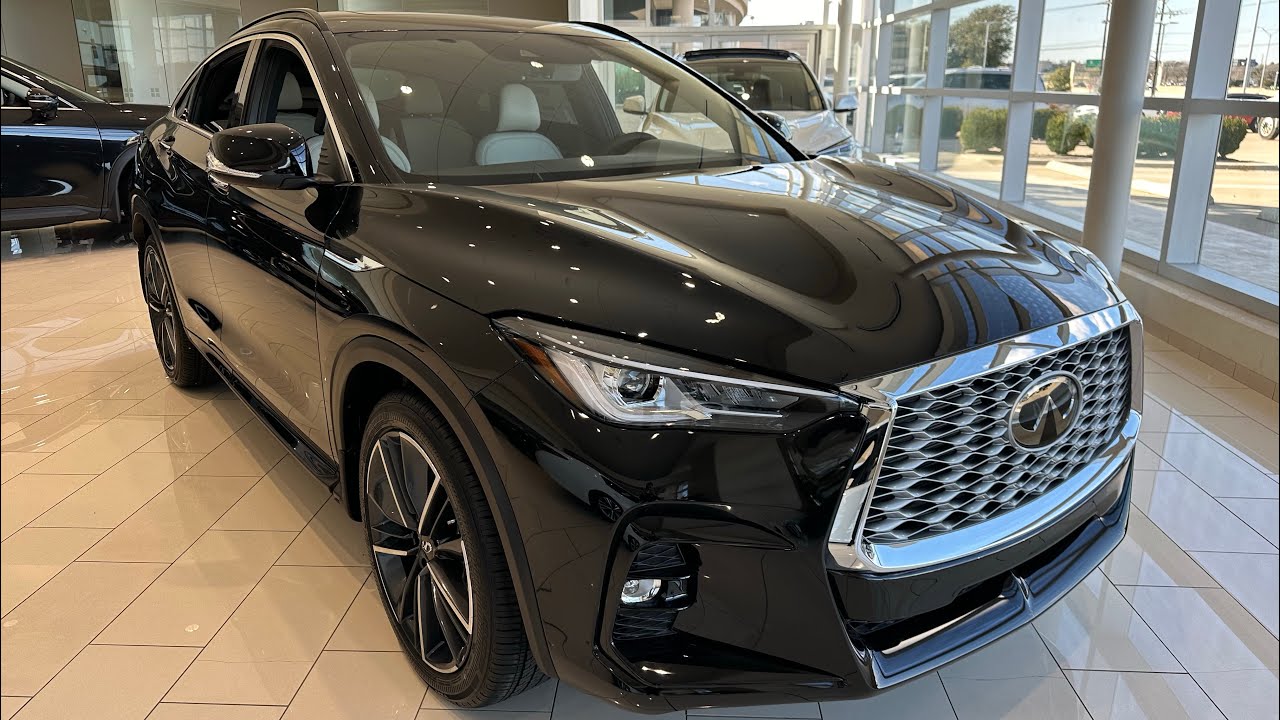
Its 7-speed automatic transmission offers either rear- or all-wheel-drive options, and it can sprint from 0 to 60 mph in just 4.5 seconds, reaching a top speed of 182 mph.
However, despite these strong performance numbers, the car’s outdated suspension makes the ride feel jittery and unrefined. The infotainment system, which uses a dual-screen layout, suffers from poor resolution and confusing controls, further diminishing the driving experience.
In a market where brands like Genesis and BMW offer more cutting-edge features and better ride quality, the Q50 feels like it’s stuck in the past.
4. 2024 Acura RDX
MSRP: $44,350
Acura’s lineup consistently offers luxury at a lower cost than its European counterparts, and the RDX is no exception.
As a compact luxury SUV, it presents a great value proposition with a lower price point than competitors like the Lexus NX and BMW X3, while still delivering a strong list of standard features.
Under the hood, the RDX houses a 2.0-liter turbocharged inline-four engine that produces 272 horsepower and 280 lb-ft of torque, paired with a 10-speed automatic transmission and standard all-wheel drive.
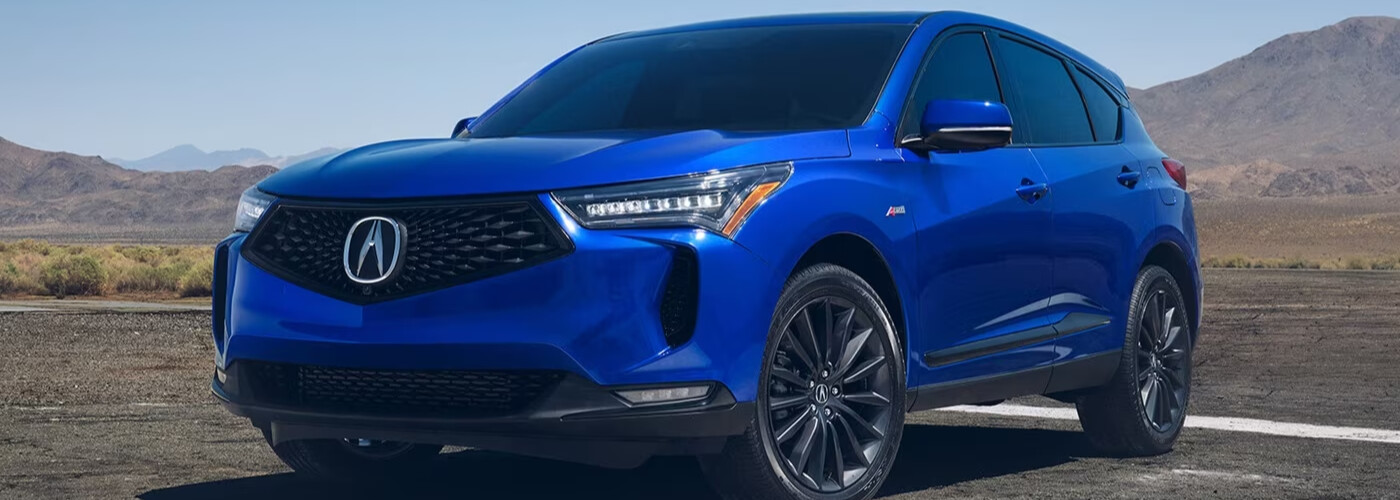
It accelerates from 0 to 60 mph in 6.2 seconds and reaches a top speed of 120 mph. The engine offers a spirited drive, but the transmission is a letdown shifting unpredictably and creating a jerky ride.
The interior, while attractive at first glance, begins to show its age upon closer inspection. The abundance of physical buttons on the center console makes it look cluttered and outdated, detracting from what could otherwise be a refined driving environment.
While the RDX offers affordability and style, its aging tech and rough transmission performance suggest that it’s due for a significant update.
For those seeking a prestigious compact luxury SUV, the 2024 Acura RDX often isn’t the first name that comes to mind.
While the Acura emblem on its sharply styled front end doesn’t hold the same cachet as more high-profile badges like those on the BMW X3, Porsche Macan, or Mercedes-Benz GLC, the RDX offers a strong case for itself through its significantly lower price point and generous list of standard features—making it an attractive option for anyone eyeing a more upscale alternative to the Honda CR-V.
Despite a brake pedal that lacks linearity and a transmission that can feel awkward at times, the RDX delivers an enjoyable driving experience, particularly when paired with Acura’s responsive all-wheel-drive system.
Powered by a 272-hp turbocharged four-cylinder engine, it has enough performance to keep things interesting.
While its cabin falls short of luxury rivals in terms of premium materials and is hampered by an infotainment system controlled through a frustrating touchpad interface, the RDX redeems itself with comfortable seating and practical storage.
Although it misses out on a high-performance Type S version—a trim available in other Acura models—the A-Spec variant does bring added flair, albeit mainly cosmetic.
All things considered, the 2024 RDX is a smart choice for buyers who place a higher value on substance, features, and performance for the price, rather than chasing badge prestige.
For the 2024 model year, the most significant update to the RDX is the elimination of front-wheel drive—every trim now comes standard with all-wheel drive.
Meanwhile, buyers interested in an Acura SUV with electric power should shift their focus to the brand-new ZDX, which has been unveiled with an estimated range of up to 325 miles and a powerful 500-hp Type S variant.
3. 2024 Nissan Armada
MSRP: $50,700
Nissan appears on this list more than once, and it’s not hard to see why. The brand has a reputation for charging premium prices for vehicles that have gone years without meaningful updates, and the 2024 Nissan Armada is a prime example of this trend.
Although the Armada remains a rugged and capable SUV, it relies heavily on the legacy of its past generations rather than embracing innovation.
Under the hood, the Armada is powered by a 5.6-liter naturally aspirated V-8 engine, producing 400 horsepower and 417 lb-ft of torque.
It comes with a 7-speed automatic transmission and is available in both rear-wheel and four-wheel drive configurations. It also boasts an impressive towing capacity of 8,500 pounds, which makes it practical for large families and outdoor enthusiasts.
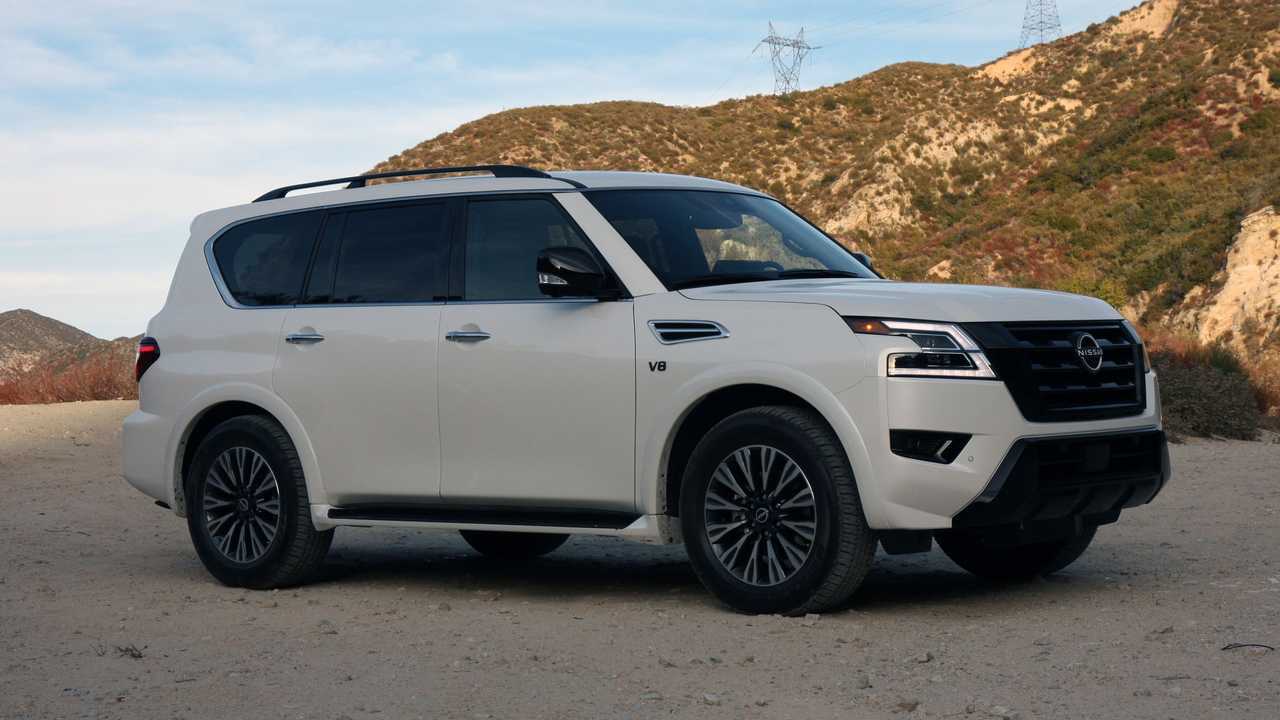
Additionally, it stands out as the most affordable full-size SUV to include a third-row seat as standard. While the Armada’s interior is fitted with high-quality materials and retains a strong, commanding presence, its age becomes apparent in multiple areas.
The biggest drawbacks of the 2024 Armada are its fuel economy and overall driving dynamics. The V-8 engine, while powerful, is significantly less efficient compared to newer powertrains that offer similar performance levels with better fuel economy.
Furthermore, the vehicle’s steering response and ride comfort fall short of expectations for a modern SUV in this price range, underscoring the need for a serious update.
2. 2024 Maserati Ghibli
MSRP: $109,500
Italian sports cars have long been admired for their flair and road presence, and the Maserati Ghibli is no exception. With bold styling and an available V-6 or V-8 engine that delivers thrilling performance, the Ghibli makes a strong impression.
However, where this luxury sedan truly falters is in its interior execution, which fails to justify its six-figure price tag.
The Trofeo variant of the Ghibli, in particular, comes equipped with a 3.8-liter twin-turbocharged V-8 engine that delivers 580 horsepower and 538 lb-ft of torque.
Paired with an 8-speed automatic transmission and rear-wheel drive, it can rocket from 0 to 60 mph in just 3.7 seconds and reach a top speed of 203 mph.
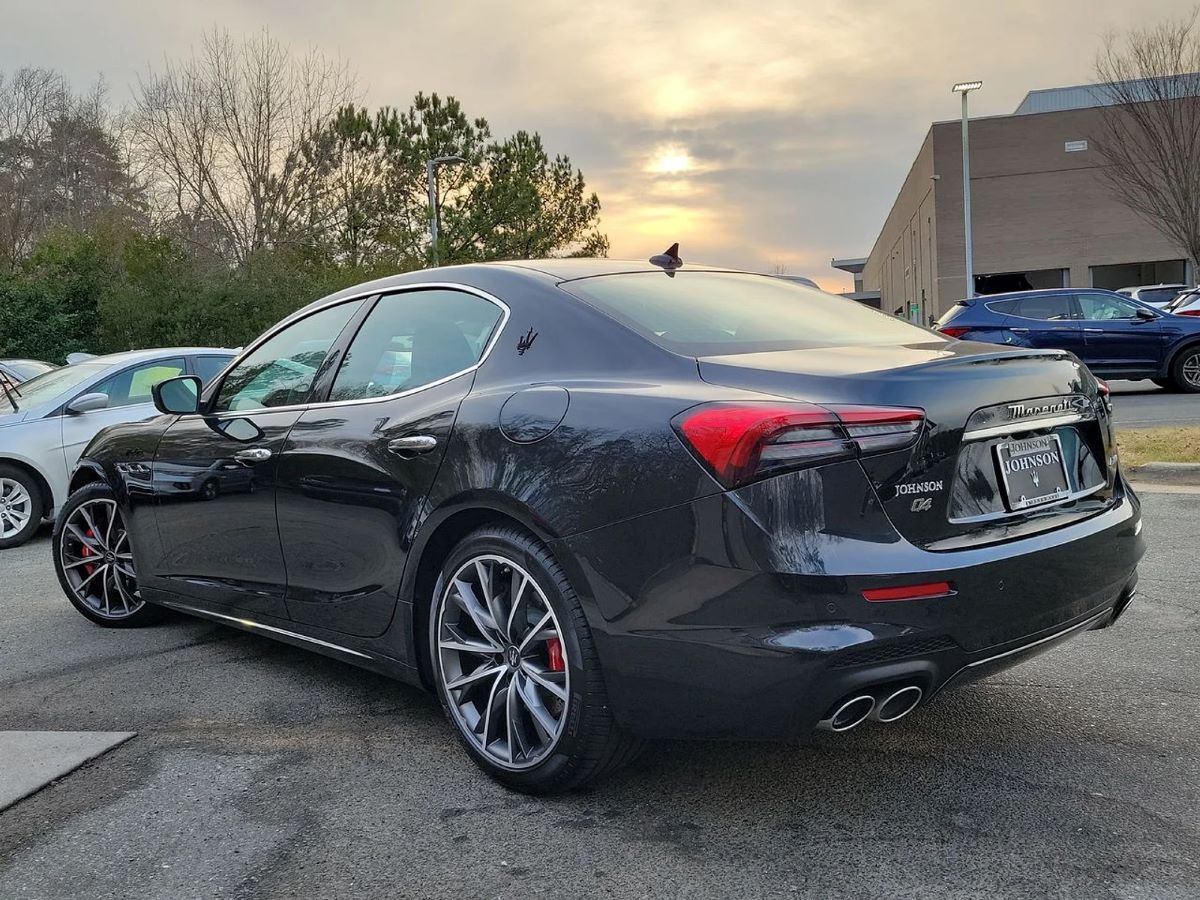
This makes it one of the fastest sedans on the road and a true performance machine. However, the vehicle’s allure begins to fade once you step inside.
Maserati has cut corners with the Ghibli’s interior. Many components are shared with other vehicles within the Stellantis group, including elements like window switches taken directly from the Jeep Grand Cherokee.
While that may not bother all buyers, it detracts from the exclusivity one expects from a high-end Italian sports sedan.
Additionally, the Ghibli’s infotainment system has a poor reputation for frequent crashes and laggy performance, undermining the luxury experience even further.
1. 2024 Nissan GT-R
MSRP: $121,090
The Nissan GT-R stands as one of the most iconic cars ever produced by Nissan. Built to dominate both the streets and the track, the GT-R is a powerhouse of performance.
However, the issue lies in the fact that this current version of the car first debuted over a decade ago, and has only seen limited updates since then.
The 2024 GT-R is powered by a 3.8-liter twin-turbocharged V-6 engine, delivering 565 horsepower and 467 lb-ft of torque, paired with a 6-speed automatic transmission.
With all-wheel drive, it can accelerate from 0 to 60 mph in just 2.9 seconds and reach a top speed of 196 mph. These performance figures remain impressive, and the GT-R continues to hold its own against some of today’s modern sports cars.
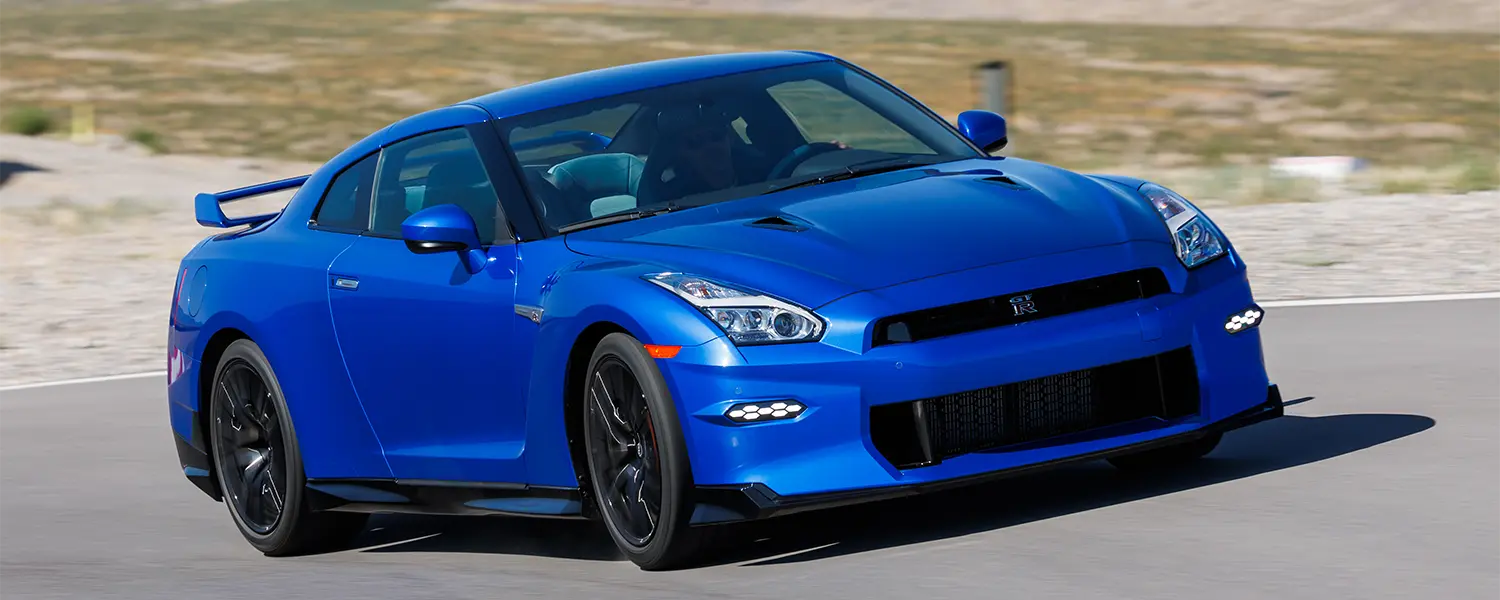
However, despite its enduring performance capabilities, the car is notably outdated in many respects. Nissan has announced plans to retire the R35 GT-R after the 2025 model year, which will introduce some minor updates, hinting that a new version of the GT-R may be on the way.
Despite its power, the GT-R suffers from an outdated and underpowered V-6 engine, as well as an interior and infotainment system that show their age.
In addition, Nissan still commands a hefty price for the GT-R, and when compared to other vehicles in the same price range, it lacks the balance of performance and luxury that many other cars in this segment offer.
The GT-R’s performance is undeniable, but it is in desperate need of a more modern refresh, particularly when it comes to the interior experience.

